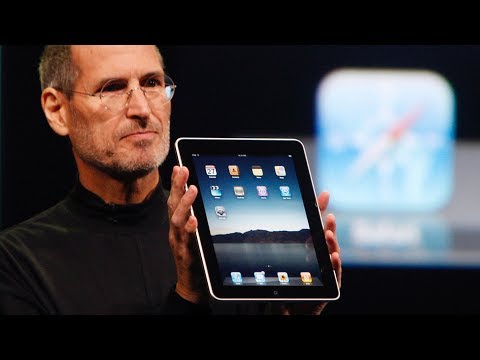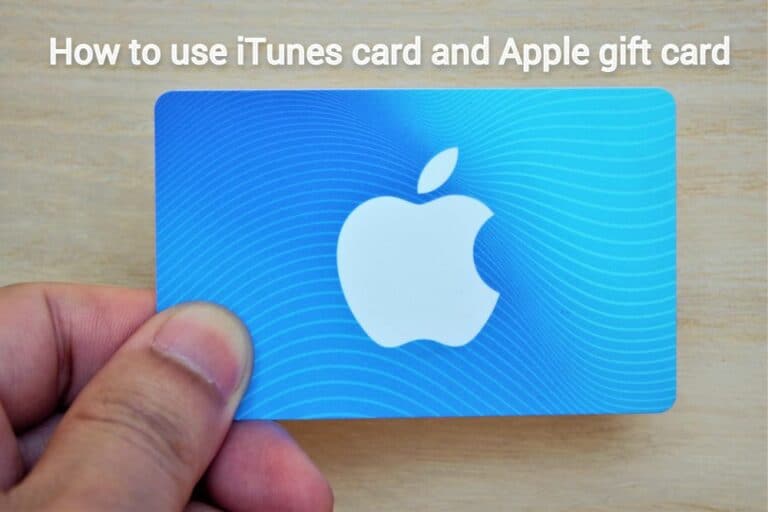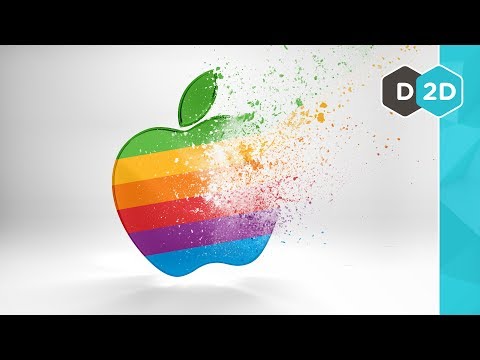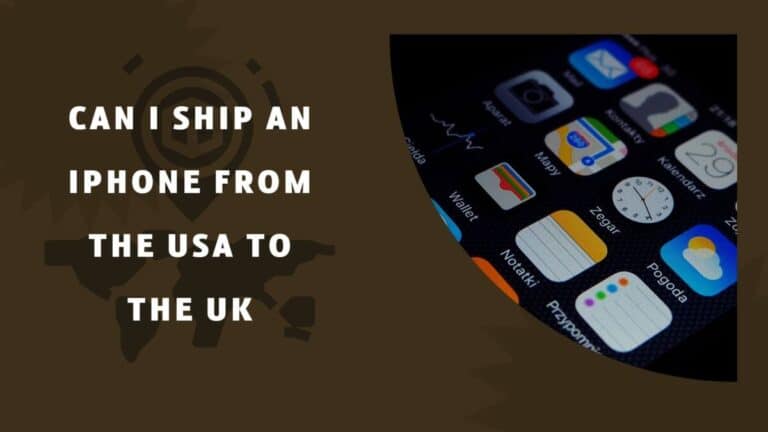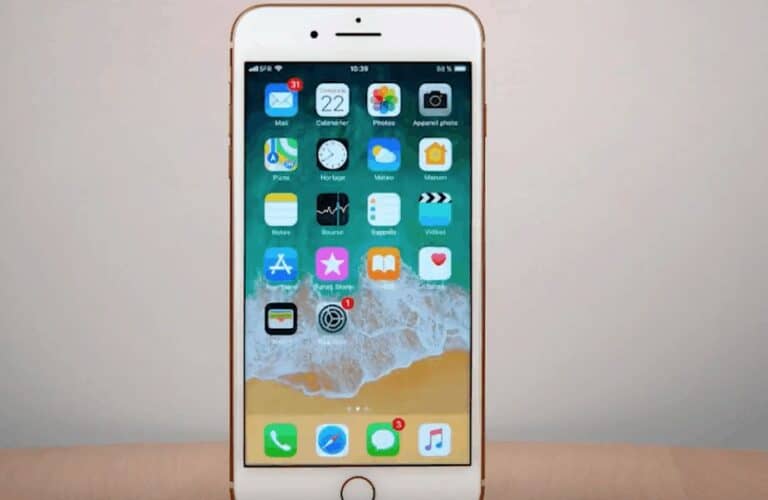When did the first iPad come out
So the iPad may have been released in 2010, but its roots go all the way back to 1993 with Apple’s first tablet computer called the Newton MessagePad 100.
And as you can imagine, the first MessagePad wasn’t able to do much more than basic computer operations, but it served as Apple’s first touchscreen device and paved the way for major developments like the iPad in the future.
What you need to know?
Early Origins of the iPad
Now I should mention that the Newton MessagePad wasn’t the only tablet computer Apple was working on at the time. They were also developing a prototype tablet called PenLite, which never made it to market because Apple was afraid that it would take sales away from the MessagePad.
And this decision may have been a mistake, because in 1998, after the release of several other MessagePad models, the tablet line was officially discontinued. The focus was then put on desktop-based technologies and it wasn’t until 2007 that Apple came back to the mobile-computing stage. Even though the company put lots of effort into designing a new version of a tablet computer, Steve Jobs decided to debut a mobile phone instead, the iPhone.
Now, this is where things get interesting because the technology used in the first iPhone was actually developed for a tablet device. And one of the factors that led to the development of the iPad actually had to do with Microsoft. It all happened at a dinner table at a birthday party. One of Microsoft’s employees, who was celebrating his 50th birthday, kept bragging about how the new Microsoft tablet was going to change the world and the direction of technological development.
Having listened to this story too many times, Jobs was sick of hearing about Microsoft’s ideas when he believed they were doing it all wrong. It was then that he decided to show the world, and Microsoft, how great a tablet could really be. The following day, he walked into Apple and requested a new, multi-touch tablet device be developed.
His idea came to life six months later but the product wasn’t released. Jobs made a last minute decision that completely changed the history of Apple and the tech industry as a whole, he decided that developing a multitouch mobile phone was more important than a multitouch tablet.
Read about: Best Cheap iPad Alternatives
So he put the iPad project on hold and focused on developing the iPhone instead. So that’s how the first iPhone came to be released in 2007, three years before the iPad, even though a tablet device was the original idea behind its development.
Launching of the iPad in 2010
Now three years later, rumours began to spread about the long-awaited release of Apple’s first tablet. And the iPad was officially announced on January 27th, 2010 at an Apple Press Conference in San Francisco.
But what many customers at the time didn’t know was that Apple had introduced several changes to the iPad between the announcement of its release and the pre-order date. Even though these weren’t major changes, it is important to mention that they added a few functions to the tablet’s toggle switch like sound muting or screen rotation locking. The first iPad officially became available on the US market on April 3rd, 2010 and it was only available at the Apple Store.
It took less than a month for Apple to release the 3G enabled version of the iPad on April 30th but it wasn’t until May 28th, 2010 that the iPad found its way outside the US Market. It first became available in Australia, France, Canada, Germany, Japan and the United Kingdom, while countries like Hong Kong, Ireland, New Zealand and Singapore had to wait until June 23rd for its release.
Initial Feedback
Now reception to the iPad was pretty polarizing. Many tech journalists and consumers failed to see the benefits of a device that did the same things as their notebook computer, and many dismissed the iPad as nothing more than an oversized iPod Touch.
But some people saw it another way, they understood that a mobile device with a large multi-touch display would change the way people consume and create content. And this caused a lot of excitement and anticipation among enthusiasts around the world.
Now I should mention that a few years before the iPad’s release, Steve Jobs told Walt Mossberg of The Wall Street Journal that he didn’t think a touch screen tablet would be a success, saying that users wanted keyboards.
But perhaps Jobs had a change of heart after seeing the iPhone become wildly popular despite its software keyboard. Years later, the iPad became one of Apple’s best-selling products of all time.
Naming of the iPad
What’s interesting is that Apple wasn’t the first to come up with the “iPad” name. In 1994, Intel was working on a tablet device called the information pad or IPAD for short. They aimed for a flat screen, portable, wireless touch screen device that would be available at an affordable price.
But the project didn’t get very far. PC manufacturers were angry that Intel was trying to take business away from them and this was an issue since Intel provided many of those manufacturers with the chips that powered their PCs. So Intel’s IPAD never actually went on sale. But that isn’t the only story surrounding the iPads name.
After Apple announced the device, the internet was flooded with feminine hygiene jokes, referring to the “connection” between hygiene products and the name “iPad”. The trend started circulating on Twitter where you would come across tweets like “Will the next one have wings?” or “Will the 64GB version be called iMaxiPad?”
Some women actually found themselves grossed out by the cringe-worthy name at first but the situation settled down quickly. On the other hand, most male users didn’t see an issue with the tablet being called “iPad.” In fact, many claimed that iPad was a much better name for a tablet than iSlate or iTablet, which were a few of the options in the iPad’s early development. It’s also interesting to mention the controversy surrounding the release of iPad in Israel.
One of Apple’s Bestselling Devices
While every country in the world anticipated the release of the device, Israel decided to ban it because of the belief that its WiFi might cause disruption of other devices. Putting all the controversies to the side, the first iPad was truly a revolutionary product. It achieved amazing sales performance in the first 80 days of its release with over 300,000 units sold in its first 24 hours! One month later, over one million iPad had already been sold.
Read: Best iPad magic keyboard
And it took just 80 days for the sales to break three million. The iPad was nothing short of a game-changer. It featured 9.7-inch display at 1024×768, and unlike the iPhone at the time, it allowed users to change the home screen orientation from vertical to landscape. When it came to storage capacity, the first iPad offered three options at 16, 32 and 64 GB.
The iPad Second Generation
The original iPad enjoyed over 15 million sales before the iPad 2 took its place.
On March 2, 2011, Steve Jobs introduced a new version of the iPad, called the iPad 2, which was thinner, lighter and faster than the previous model.
This was the first iPad to support Smart Covers, which were able to “wake up” the tablet when opened and could be used as a stand for watching videos or while typing on the display. It also featured an improved dual-core Apple A5 processor that significantly enhanced its performance.
Even though Smart Covers received most of the attention, the iPad 2 included other features that were quite impressive as well. It came with both front- and rear-facing cameras that allowed users to communicate via FaceTime. It also featured AirPlay compatibility, meaning users could wirelessly connect it to their TV. Next came the third generation of Apple’s iPad, which featured an advanced Retina Display that raised its resolution to 2048 x1536. Released on March 7th, 2012, the new iPad supported LTE, even though this feature was limited to specific countries.
It also featured a faster Apple A5x processor with quad-core graphics, as well as a five-megapixel rear camera that could record 1080p HD video.
And I should mention that this was the first model of iPad to become thicker and heavier than its predecessor. Something that came as a surprise to most people, but the main reason for this was that the iPad 2 required a much larger battery to power the retina display and achieve the same battery life as the original iPad.
The Fourth Generation iPad
Now on October 23, 2012, came the fourth generation iPad. And at this time, Apple discontinued the production of the previous iPad model, as well as announced the release of the iPad Mini.
The fourth-generation iPad was Apple’s response to the complaints about limited LTE support, and that’s why this model featured wider LTE compatibility, among other improvements like a faster A6x chip, a lightning connector, and HD resolution for FaceTime calls.
The Fifth Generation iPad
Although there weren’t any changes to its design. The fifth generation iPad or the iPad Air was released on October 22nd 2013, and it featured an Apple A7 processor along with an additional Apple M7 coprocessor to constantly collect sensor data without draining the battery. And this model marked the first major redesign of the iPad since the iPad 2. It was both lighter and thinner than its predecessors, coming in at only mm thick, and had a smaller screen bezel similar to the iPad Mini.
The front-facing camera was also improved to record 720p HD video and Apple began referring to the rrear-facing camera as the iPad’s “iSight” camera. This was also the first iPad to be available in space ggrey October 2014 saw the release of Apple’s iPad Air 2, which was the first iPad available in gold. This model featured the A8x processor and the upgraded M8 motion coprocessor. The iSight camera was improved to eight megapixels and the design was even thinner than its predecessor.
The Seventh Generation iPad
Even though the iPad Air 2 was kind of overshadowed by the release of the iPhone 6 and 6 plus, it had one feature that drew a lot of attention – the new touch ID sensor which was previously featured in the iPhone 5s. Now quite a bit of time passed before the seventh generation iPad was released on March 21st 2017. And this model caused some confusion since Apple referred to it as the iPad 2017 and seventh-generation iPad, so no one was really sure what to call it. It was more powerful than its predecessor since it featured the A9 processor and M9 motion coprocessor, but it did not feature a fully laminated display with an anti-reflective coating like the iPad Air 2 had.
The 2018 iPad
And this was likely to keep the cost down since Apple wanted to provide a budget version of the iPad for education and point-of-sale use. So the seventh-generation iPads price came in at $329, which was $70 less than its predecessor.
Now the most recent version of the iPad was released on March 28th, 2018 at Apple’s education event, and it features a 9.7-inch display and advanced A10 Fusion Processors. Now, this model is referred to as the sixth generation iPad by Apple, even though most people refer to it as the 8th generation iPad, since it is the eighth model produced. Now the big feature of this iPad is that it supports the Apple Pencil, which was previously only supported on the more expensive iPad Pros.
And Apple added this feature to the lower end iPad to make it more appealing to students and educators.
The Future of the iPad
So as it stands today, the iPad really is the greatest tablet money can buy. And it’s definitely the most popular, with about 35% of the global tablet market share.
But where’s the iPad headed as we look to the future? Well, rumours suggest that we could see new iPads as soon as this year, featuring rounded displays with thinner bezels and Face ID similar to the iPhone X. But a downside is that they may not have a headphone jack, which is something I do miss on my iPhone 7. But either way, Apple will definitely raise the bar with the next generation of iPads. So that is the history of the iPad.
Read also:

Tyrone Young is an award-winning author, researcher and the founder of TheMiniBlog. He has been a content marketer for over 10 years and his main goal is to provide readers with quick hacks, guides and reviews on everything Mini. Based out of the UK, Tyrone likes to take long walks on the beach and take care of his two puppies when he’s not busy writing.

